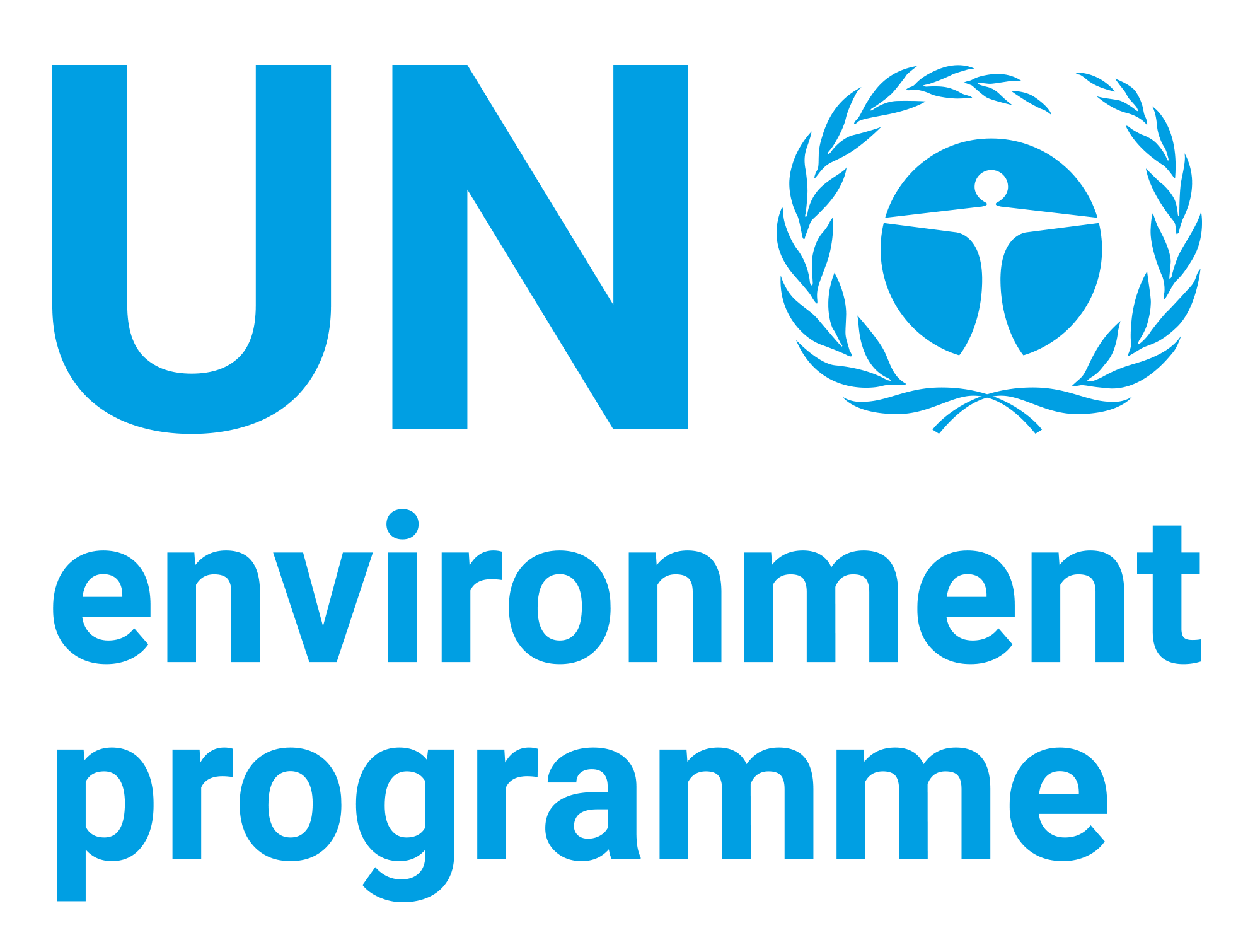Global International Waters Assessment: Benguela Current, GIWA Regional Assessment 44

Date
2005Author
United Nations Environment Programme
Citation Tool
Bibliographic Managers
RT Generic T1 Global International Waters Assessment: Benguela Current, GIWA Regional Assessment 44 A1 United Nations Environment Programme YR 2005 LK https://wedocs.unep.org/20.500.11822/8789 PB University of Kalmar on behalf of United Nations Environment Programme AB TY - GEN T1 - Global International Waters Assessment: Benguela Current, GIWA Regional Assessment 44 AU - United Nations Environment Programme Y1 - 2005 UR - https://wedocs.unep.org/20.500.11822/8789 PB - University of Kalmar on behalf of United Nations Environment Programme AB - @misc{20.500.11822_8789 author = {United Nations Environment Programme}, title = {Global International Waters Assessment: Benguela Current, GIWA Regional Assessment 44}, year = {2005}, abstract = {}, url = {https://wedocs.unep.org/20.500.11822/8789} } @misc{20.500.11822_8789 author = {United Nations Environment Programme}, title = {Global International Waters Assessment: Benguela Current, GIWA Regional Assessment 44}, year = {2005}, abstract = {}, url = {https://wedocs.unep.org/20.500.11822/8789} } TY - GEN T1 - Global International Waters Assessment: Benguela Current, GIWA Regional Assessment 44 AU - United Nations Environment Programme UR - https://wedocs.unep.org/20.500.11822/8789 PB - University of Kalmar on behalf of United Nations Environment Programme AB -View/Open
Item Statistics
Display item statisticsMetadata
Show full item recordDescription
This report presents the GIWA assessment of the Benguela Current region, which includes the entire extent of the Benguela Current system and the freshwaters that drain into it. The environmental and socio-economic problems in the region differ greatly between its freshwater and marine components. A number of anthropogenic activities such as population increase, growth of coastal urban centres, irrigation, agriculture and industry, place increasing demands on the limited freshwater supplies of the region. The potential for conflicts over these resources is also high with large-scale inter-basin transfer schemes and transboundary rivers constituting national boarders. In the marine areas, despite the high primary productivity, overfishing and degradation of important habitats have lead to declines in fish stocks. Freshwater shortage and overfishing were considered priority concerns in the region. The past and present status and future prospects of these concerns are discussed and subsequently traced back to their root causes. Policy options to mitigate these problems are proposed that aims to provide solutions to these fundamental issues in order to enhance the management of the regions aquatic environment.
Collections
Document Viewer
To read more, scroll down below.

